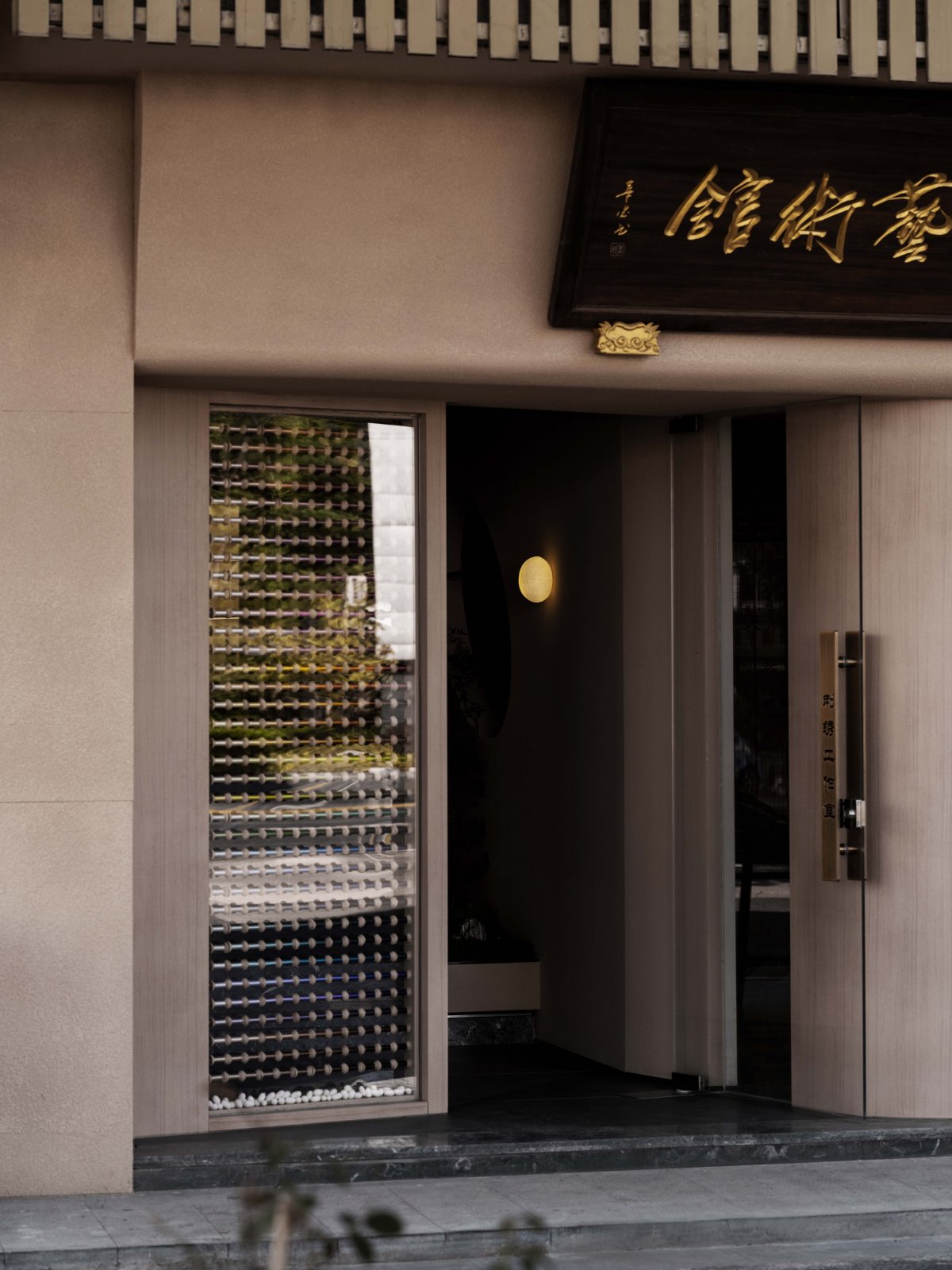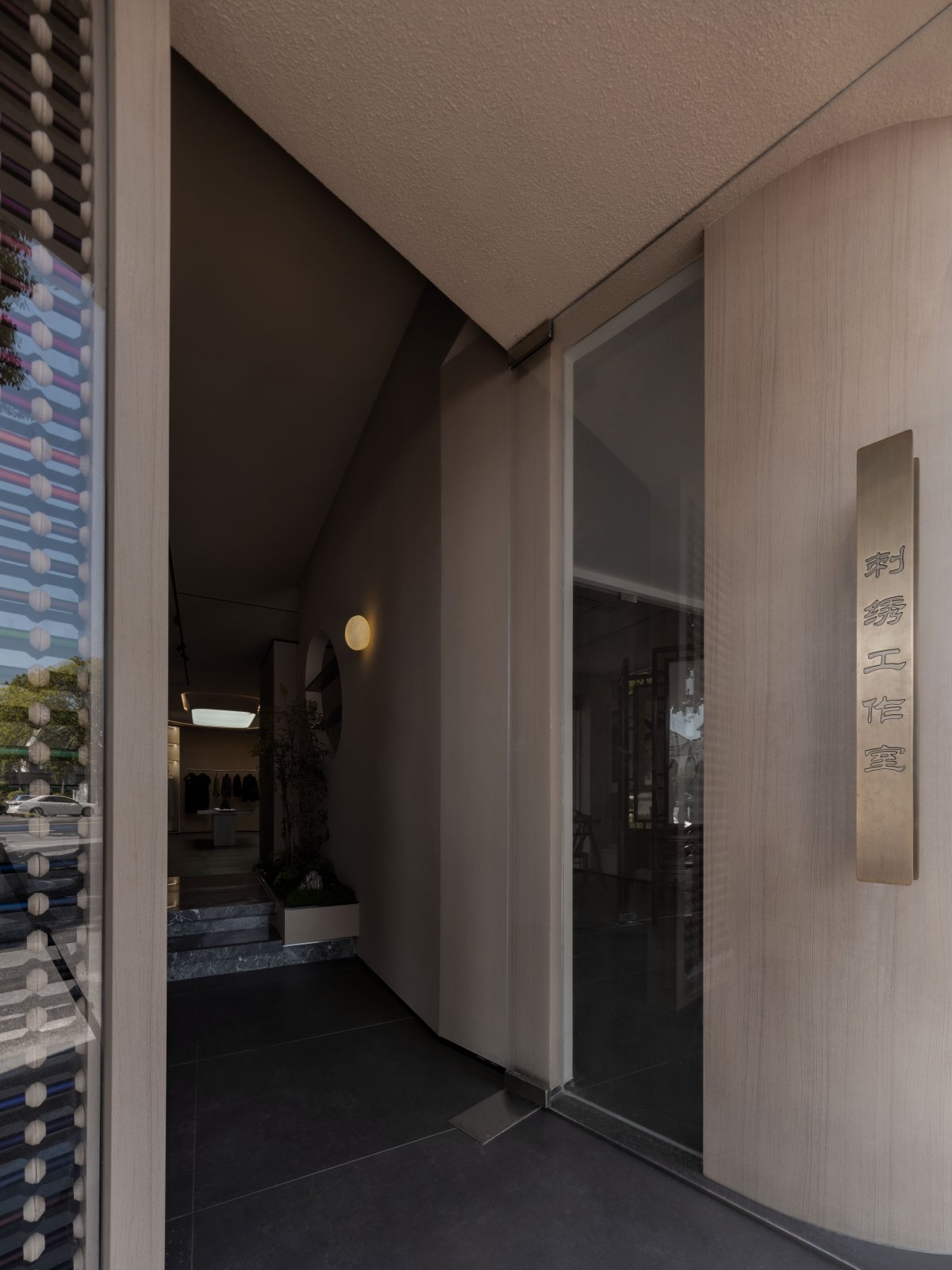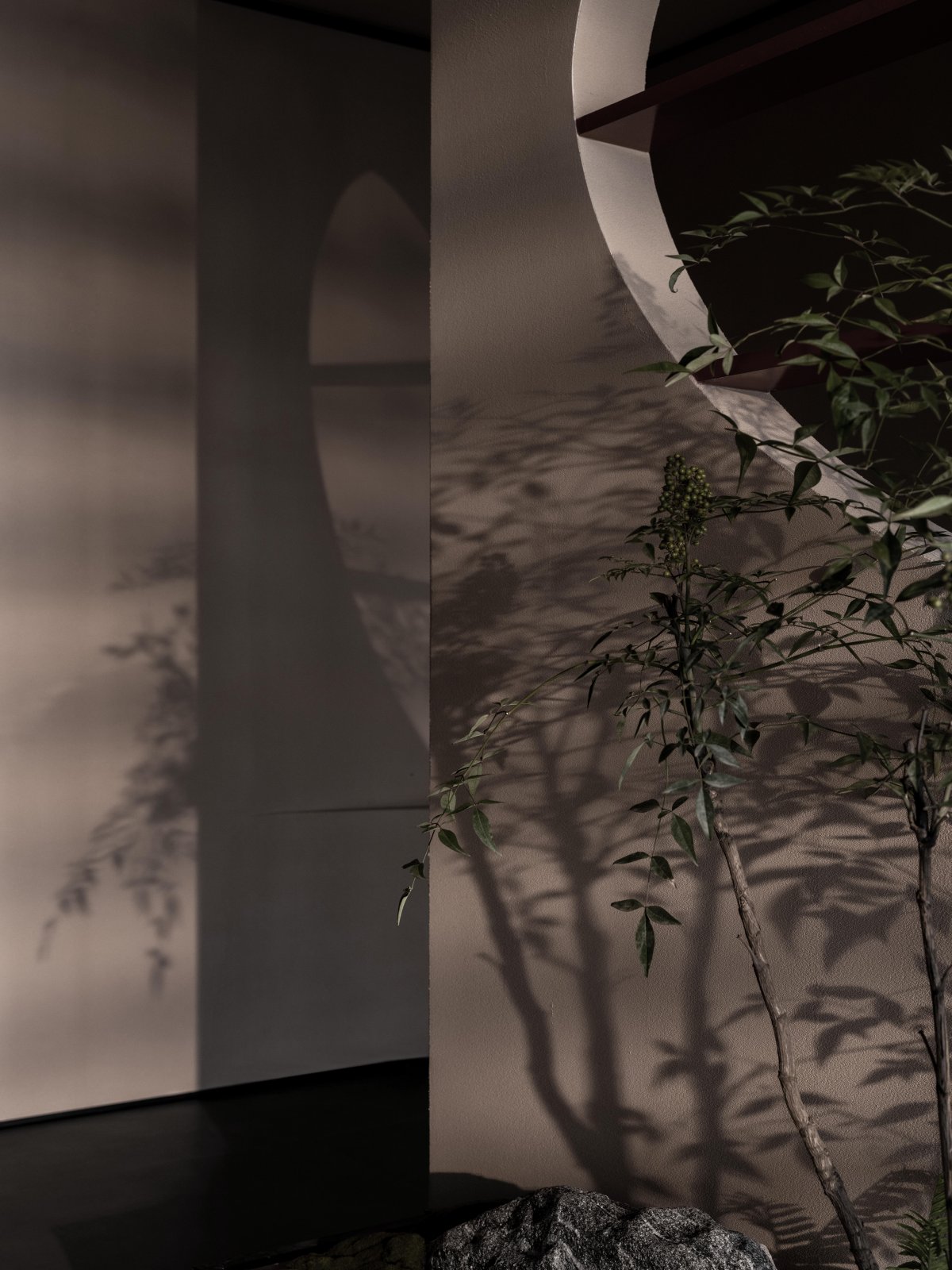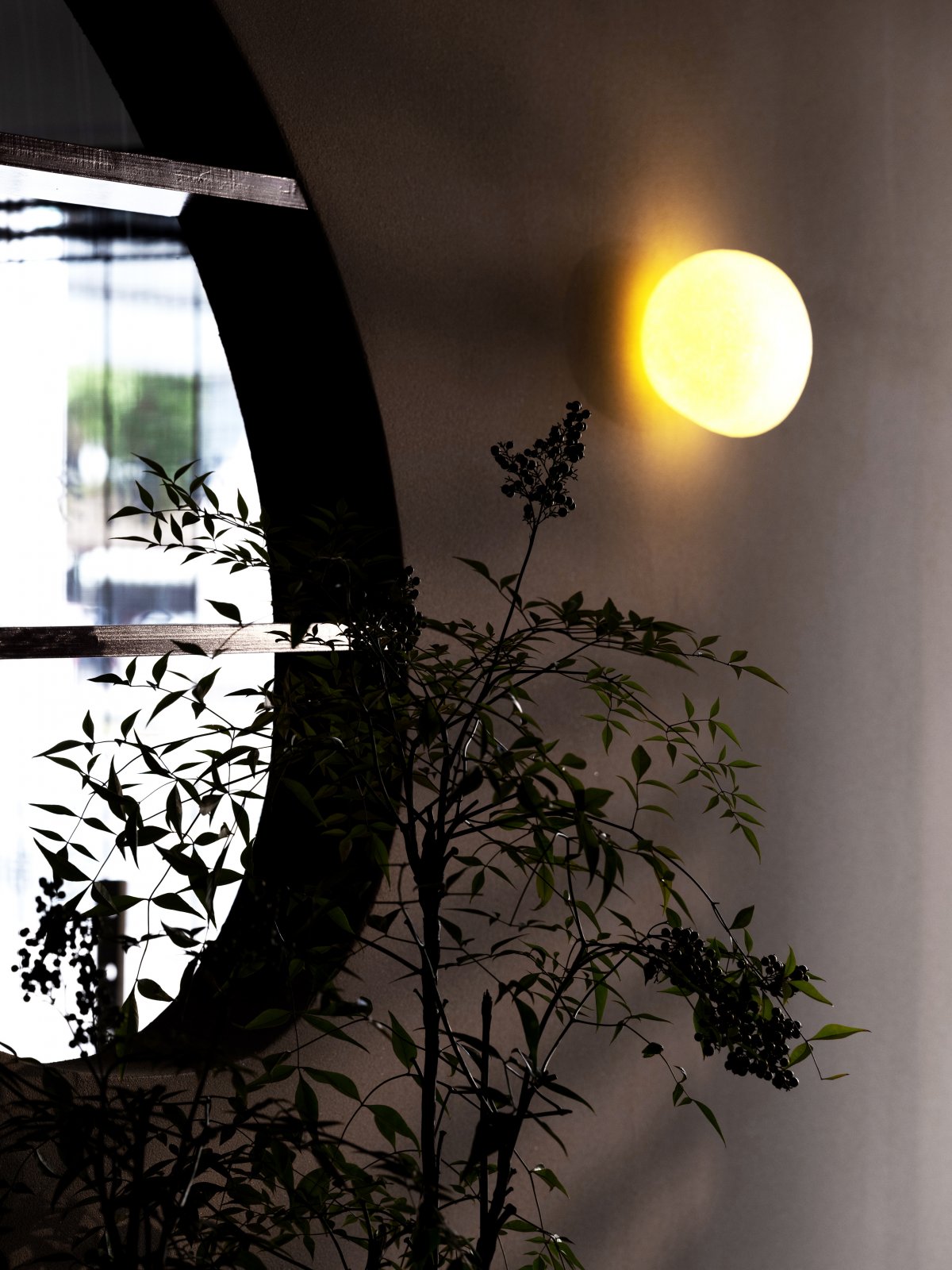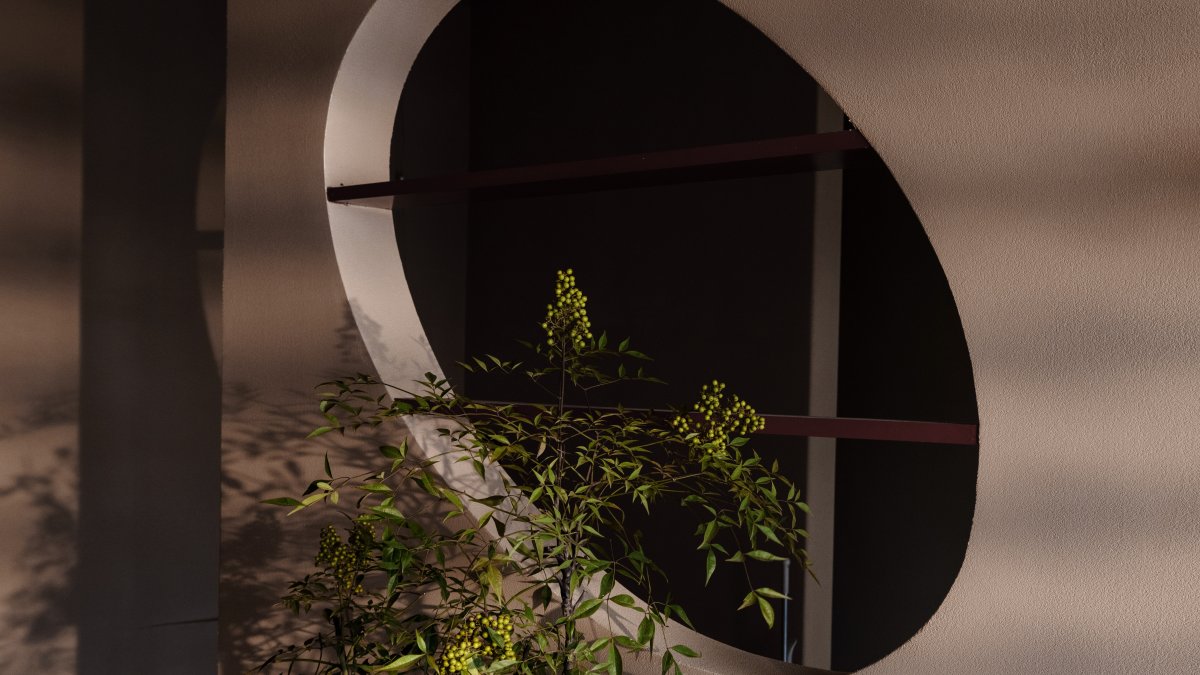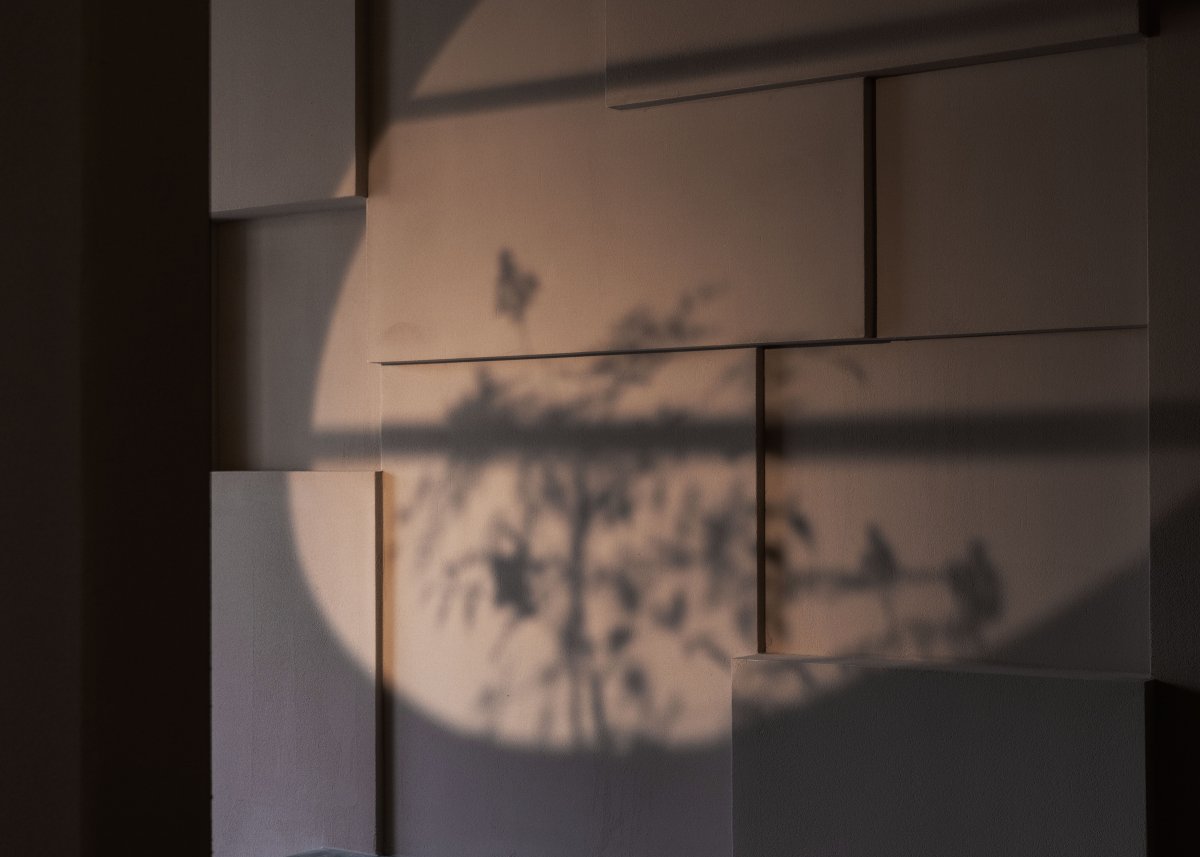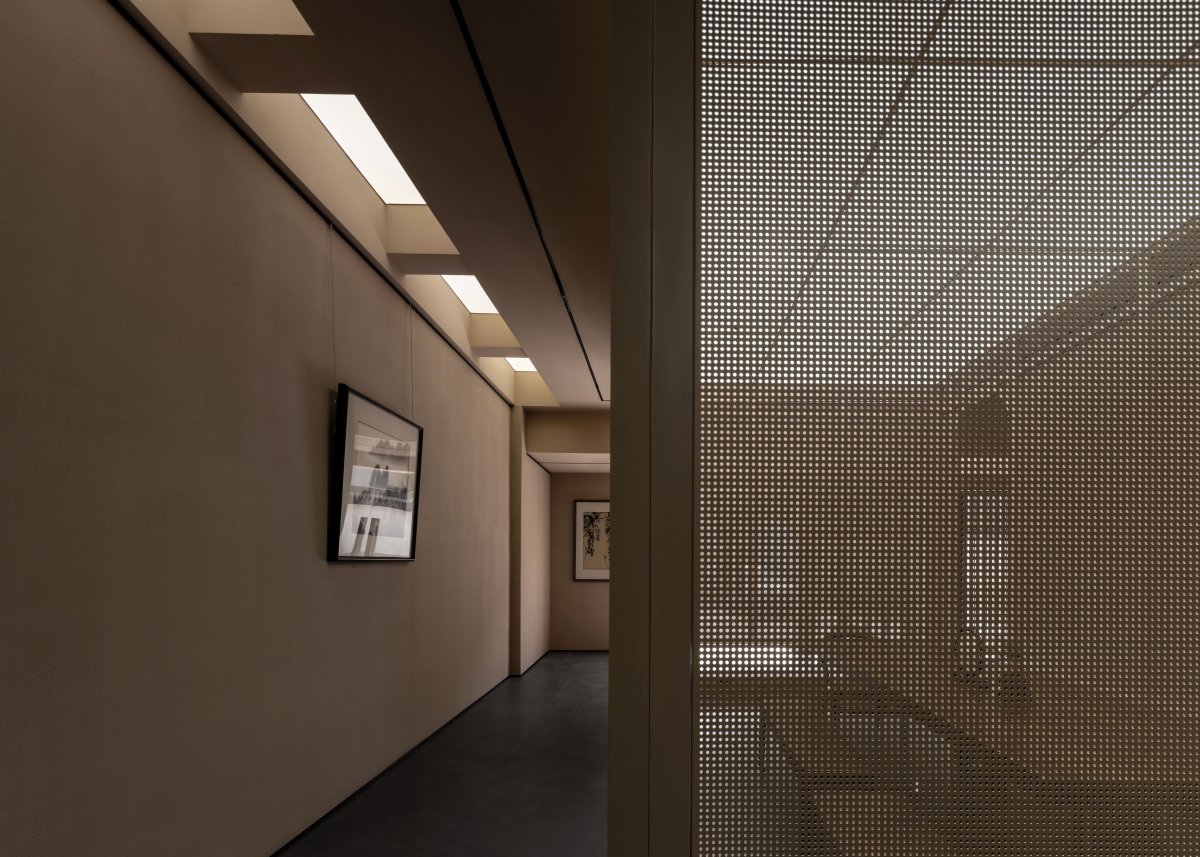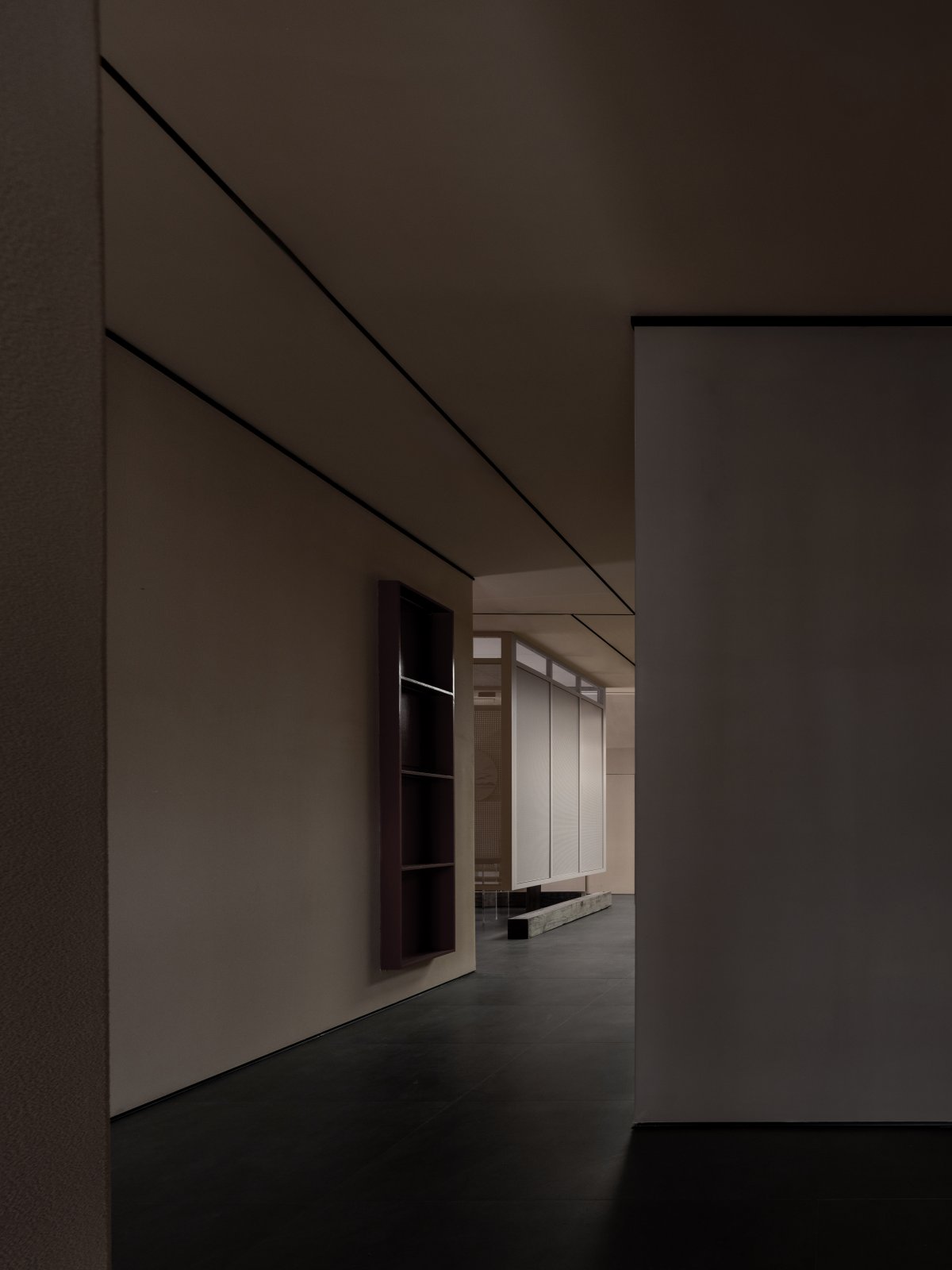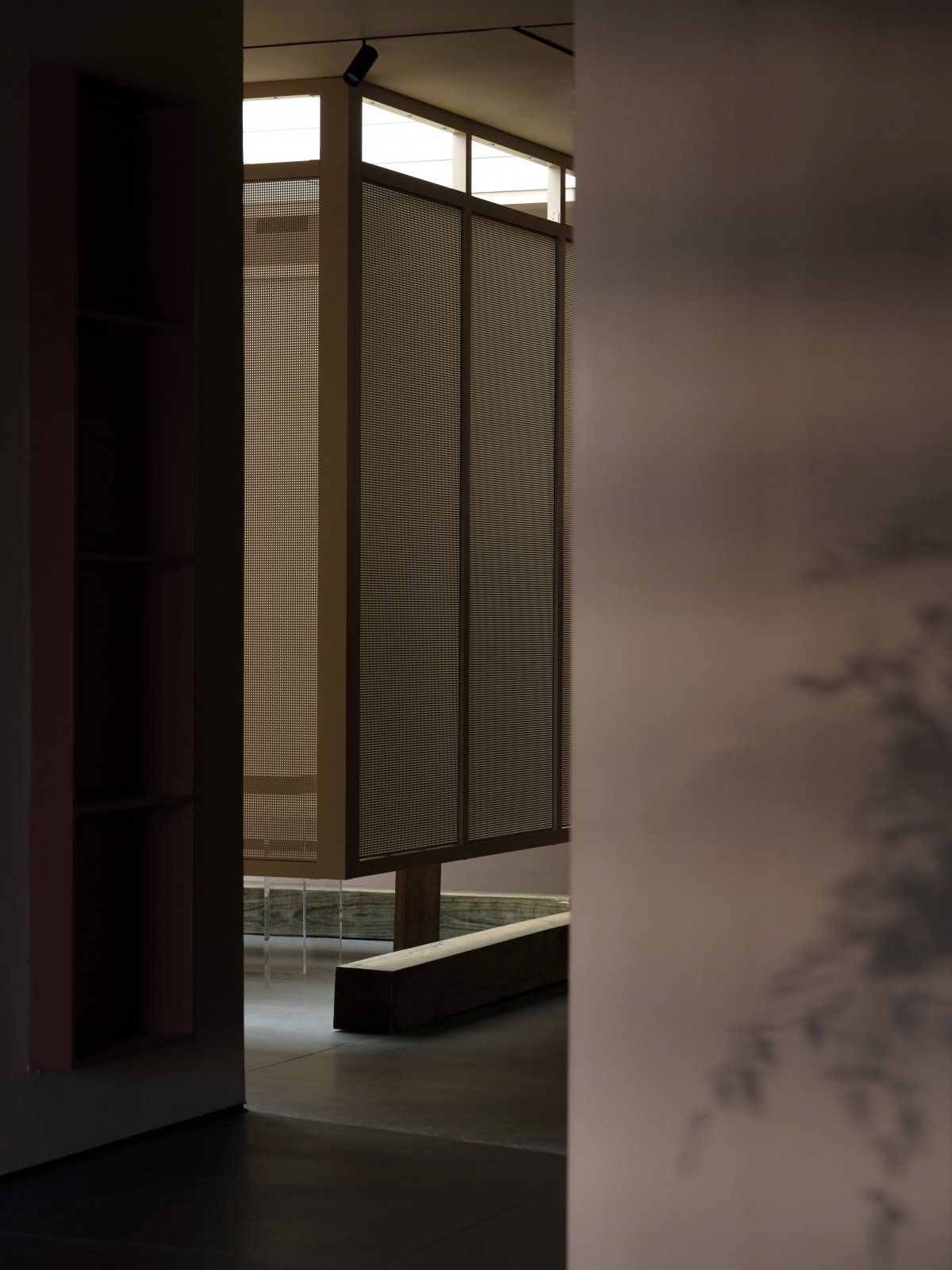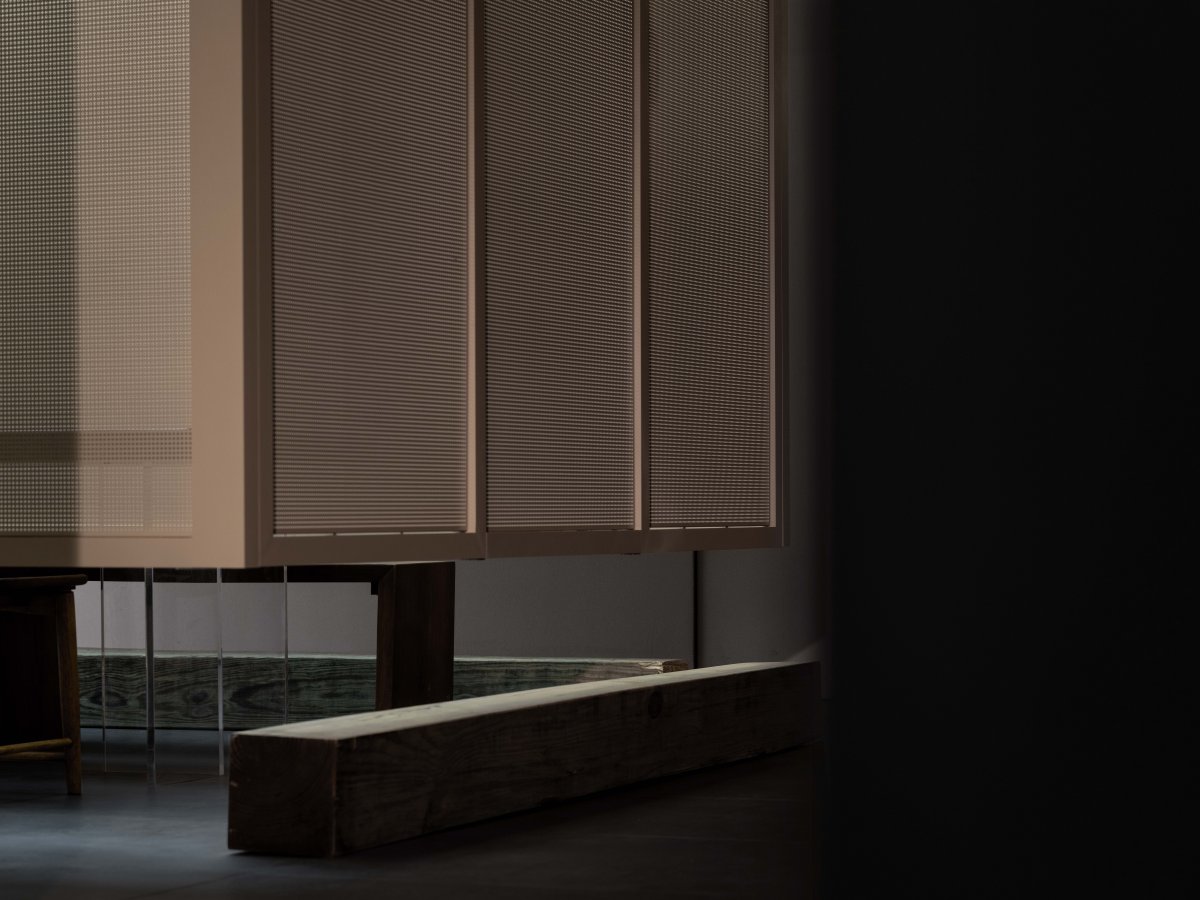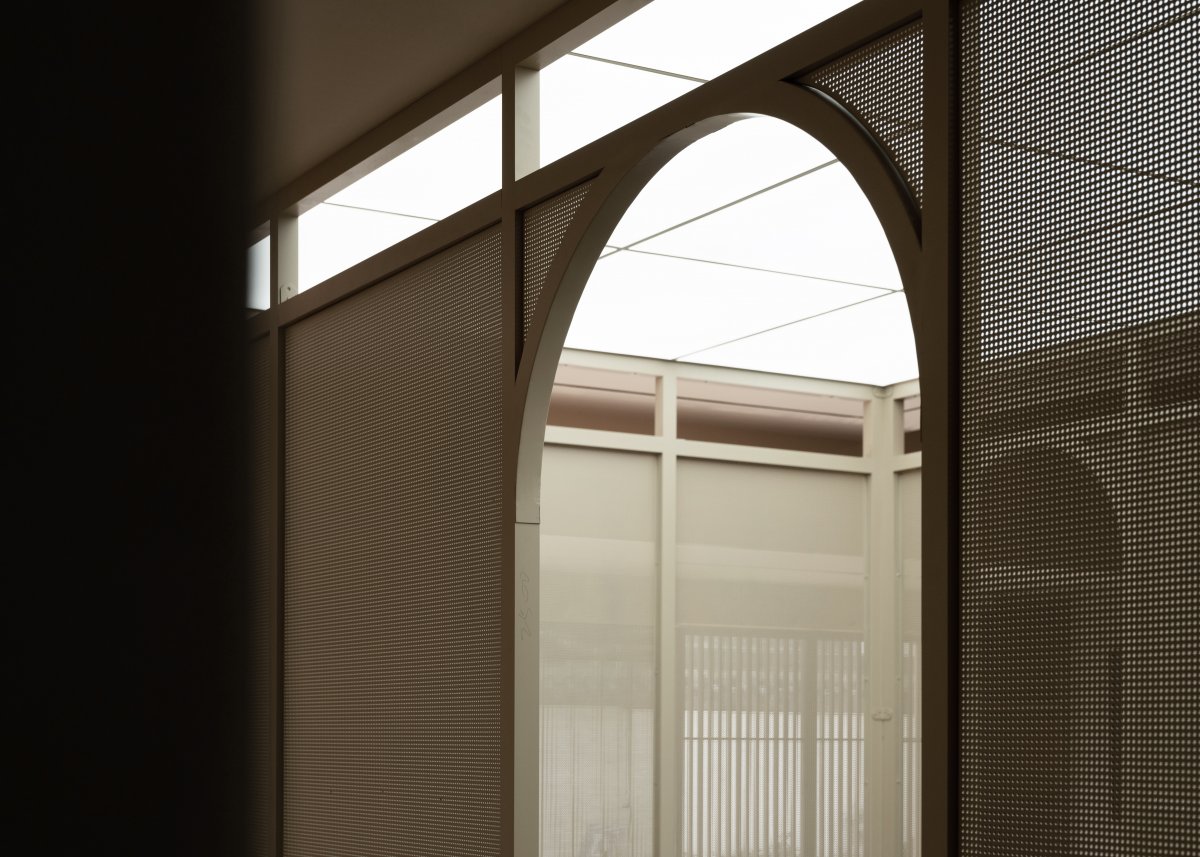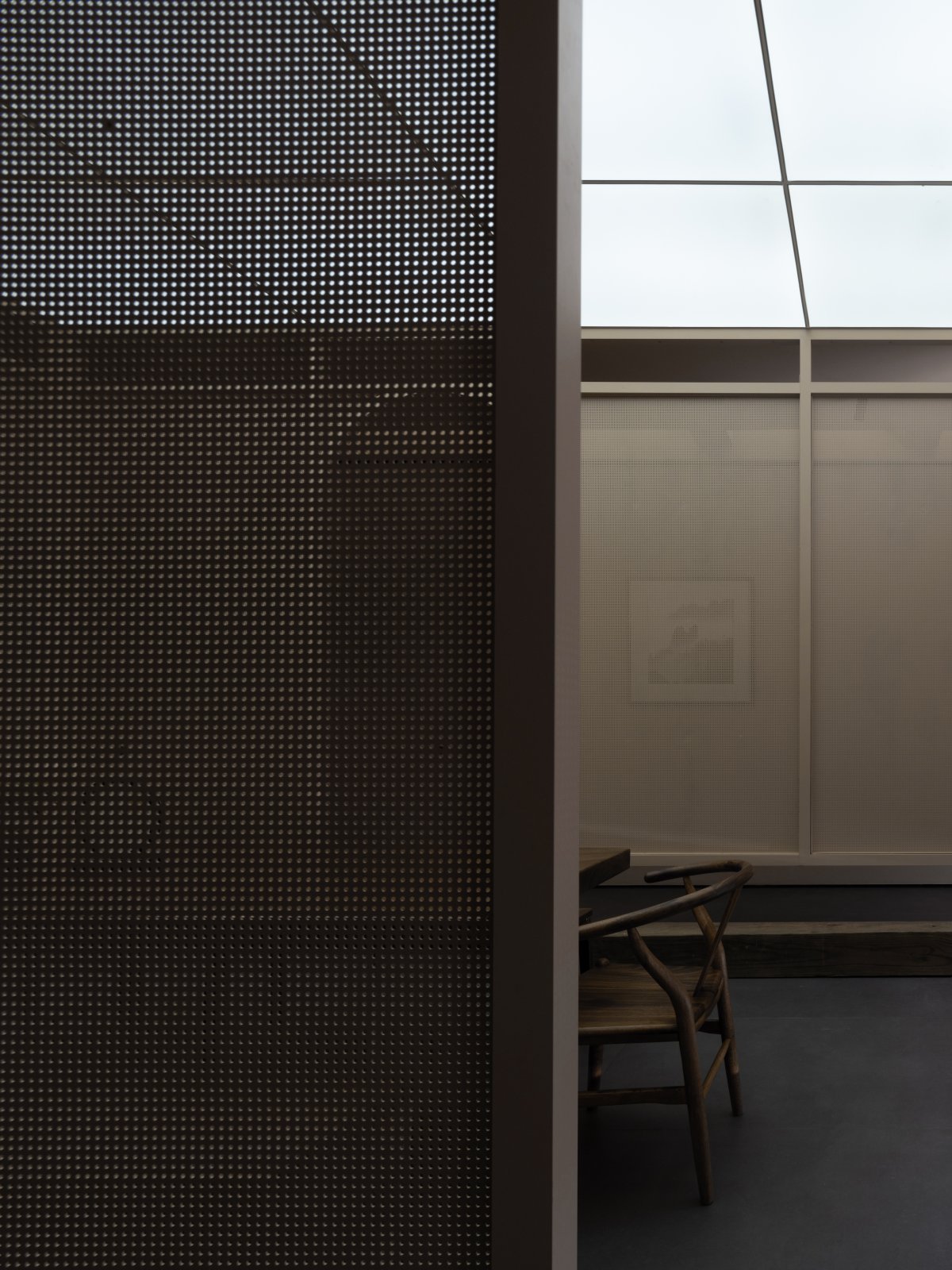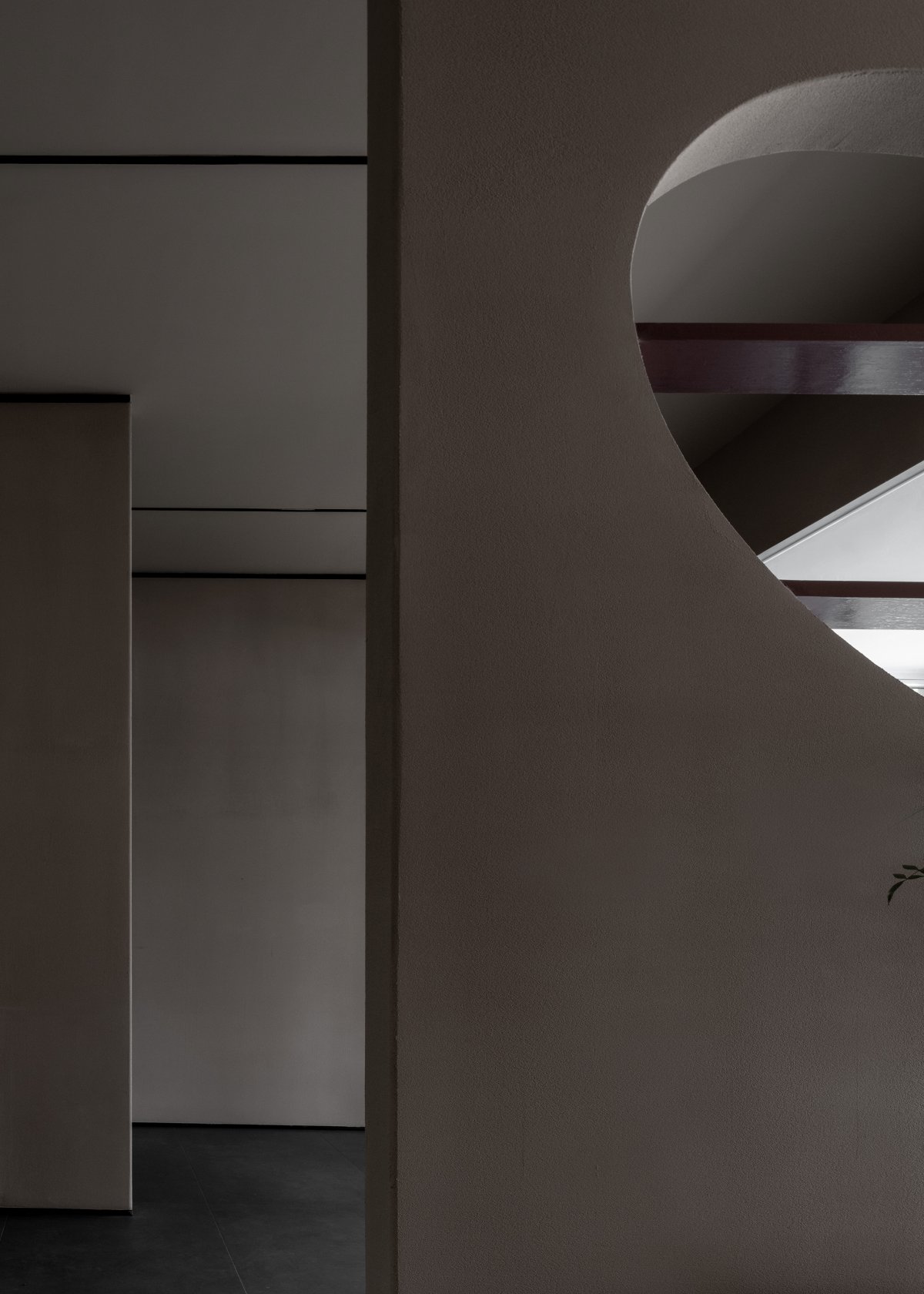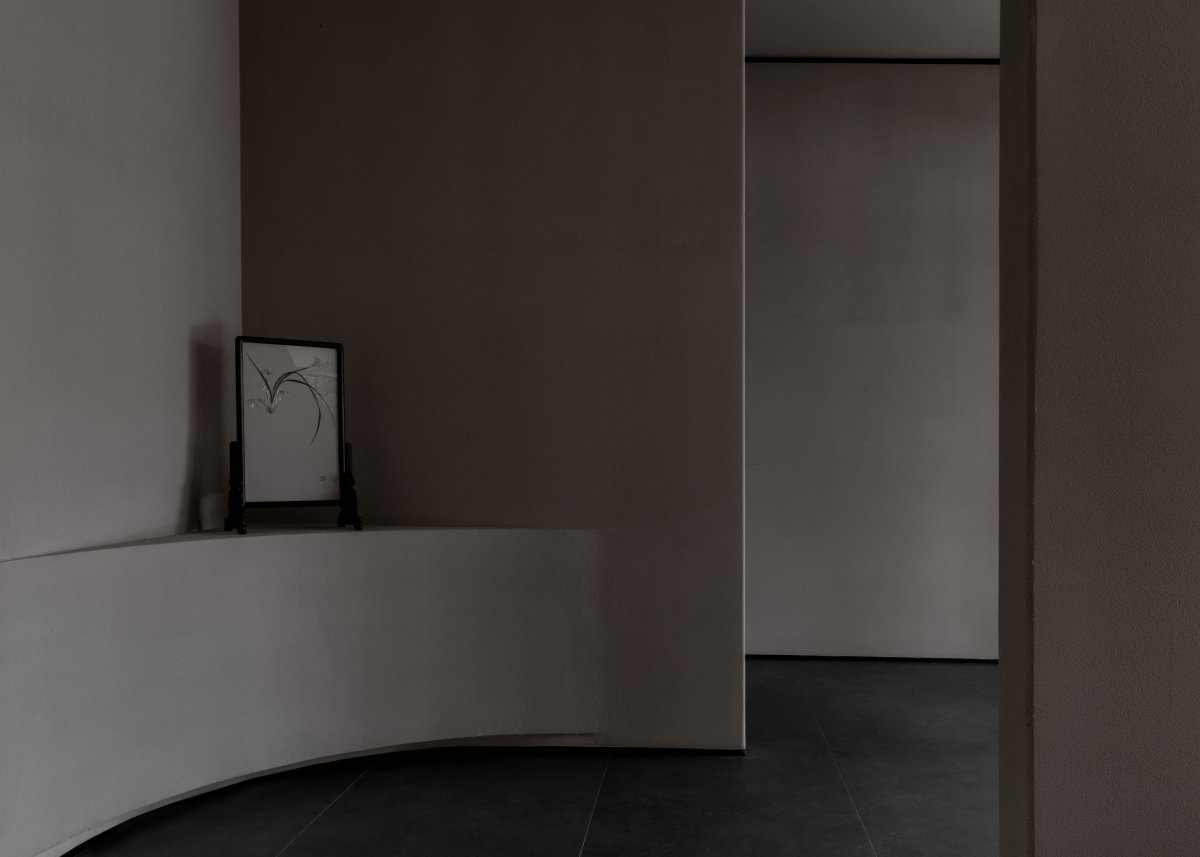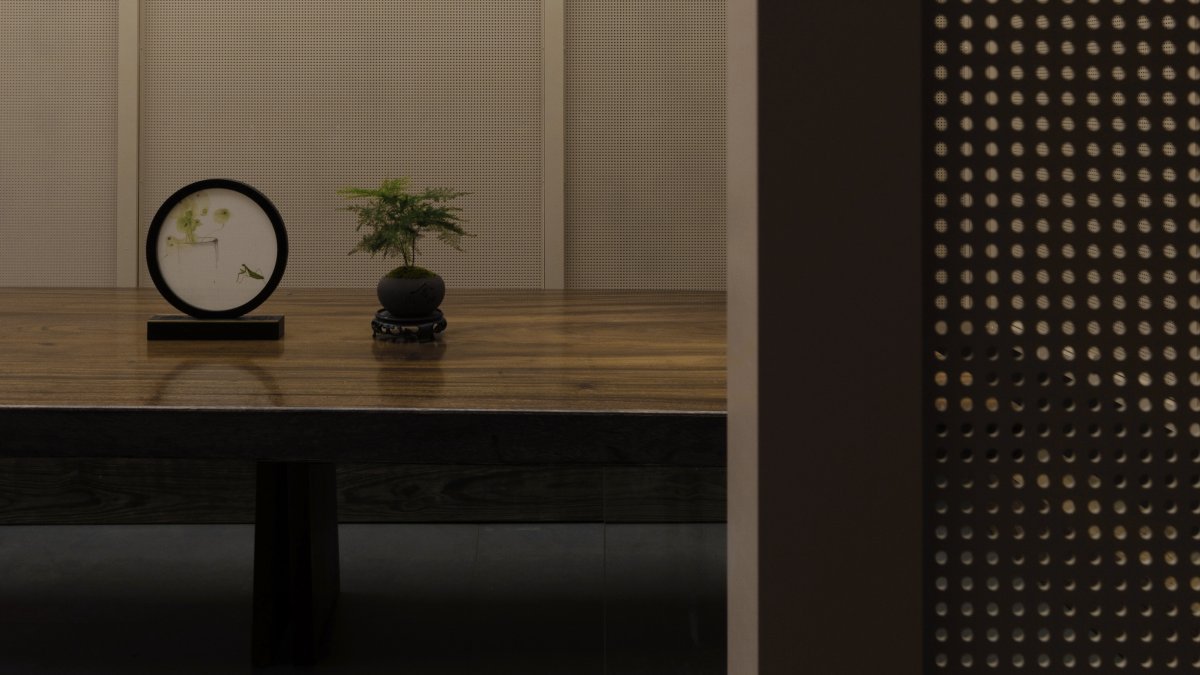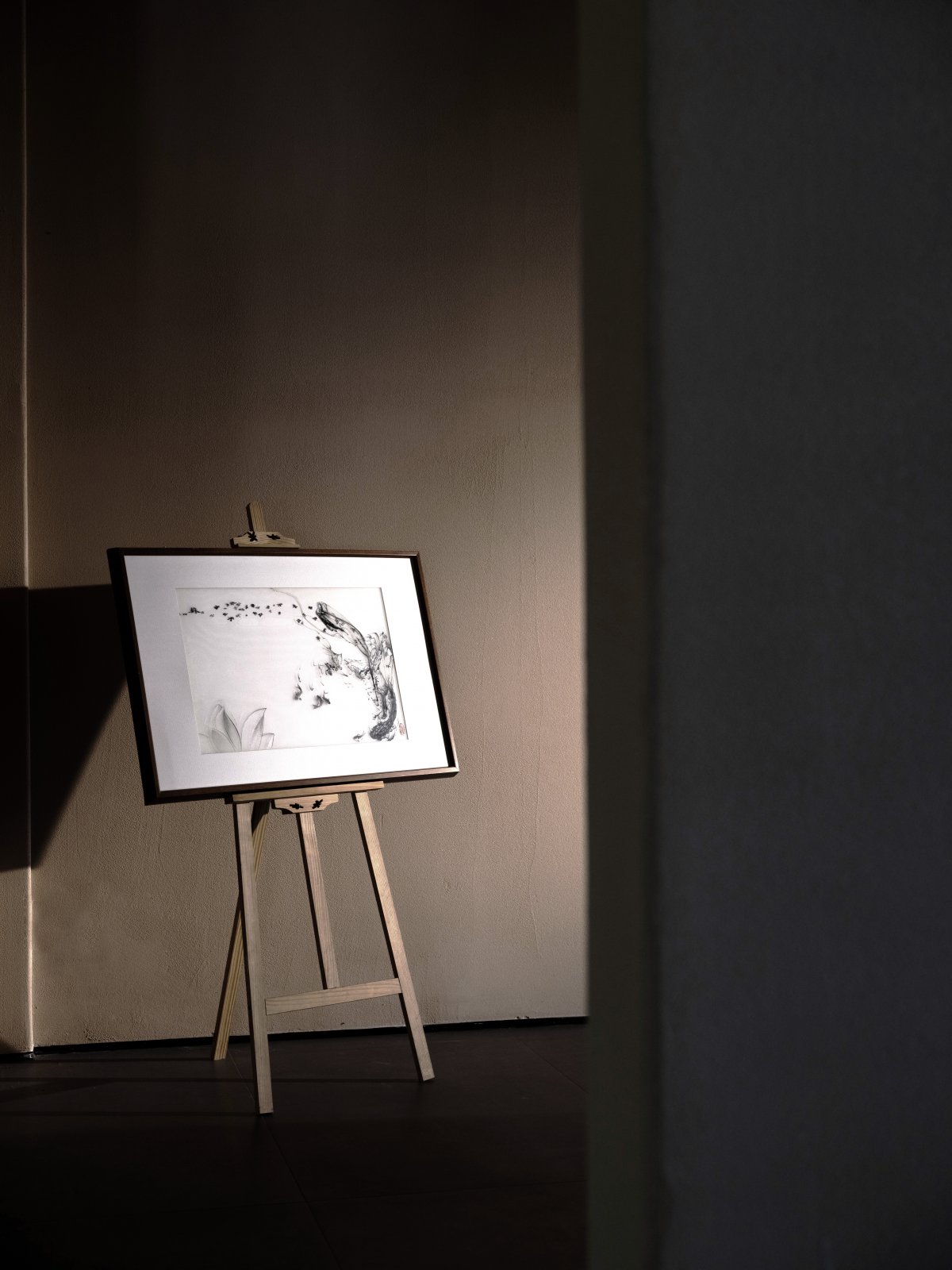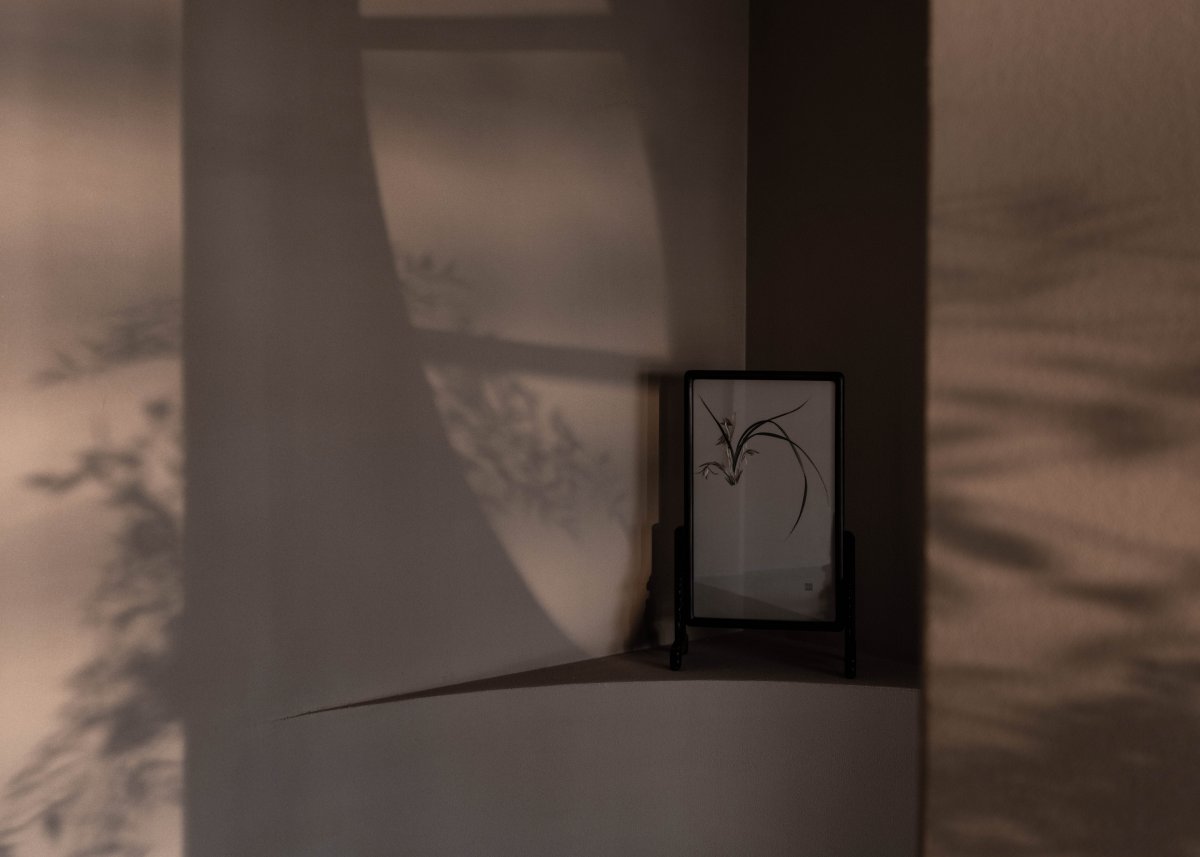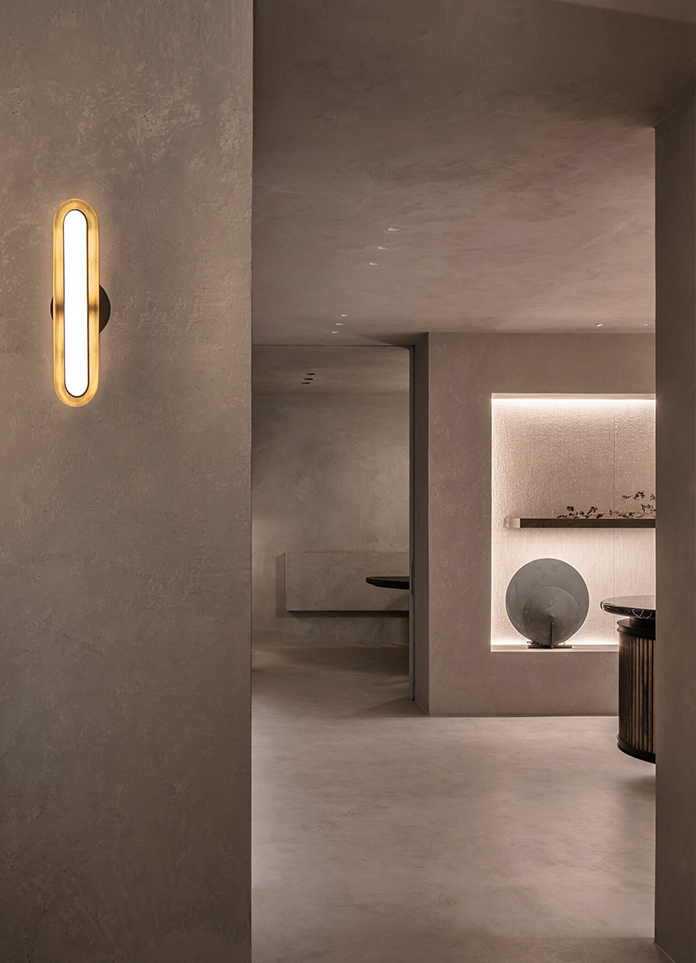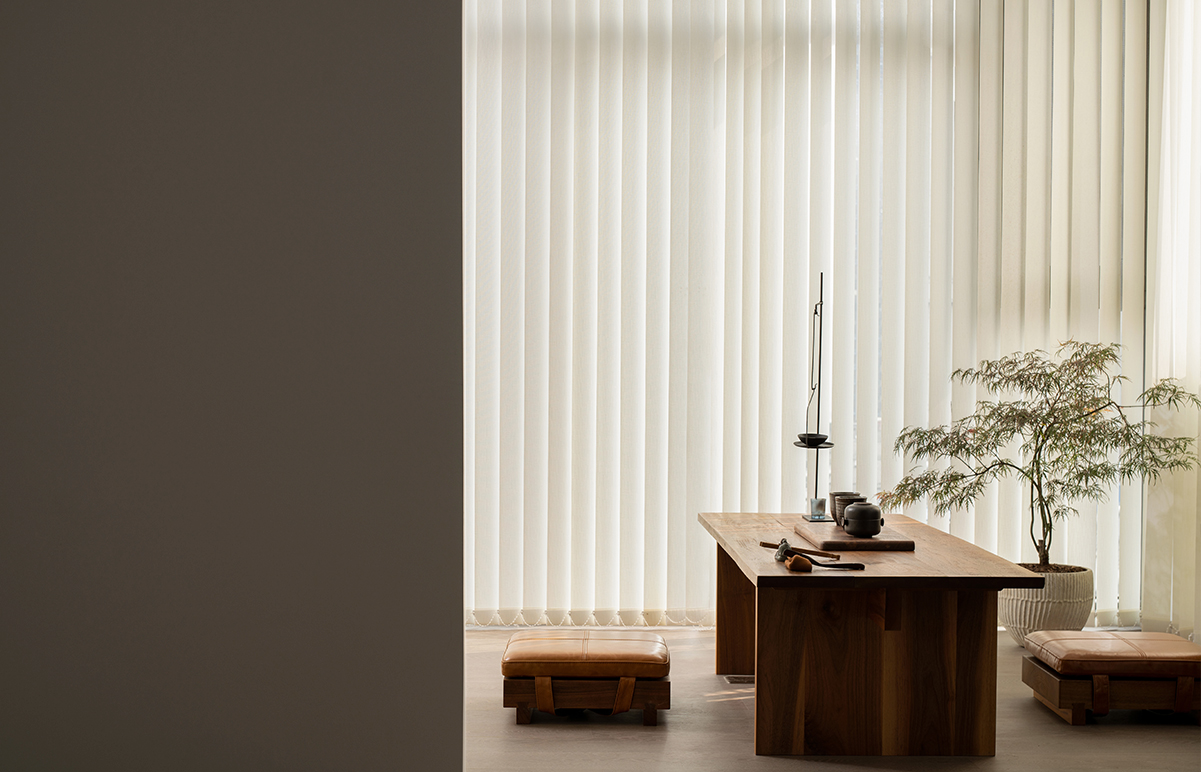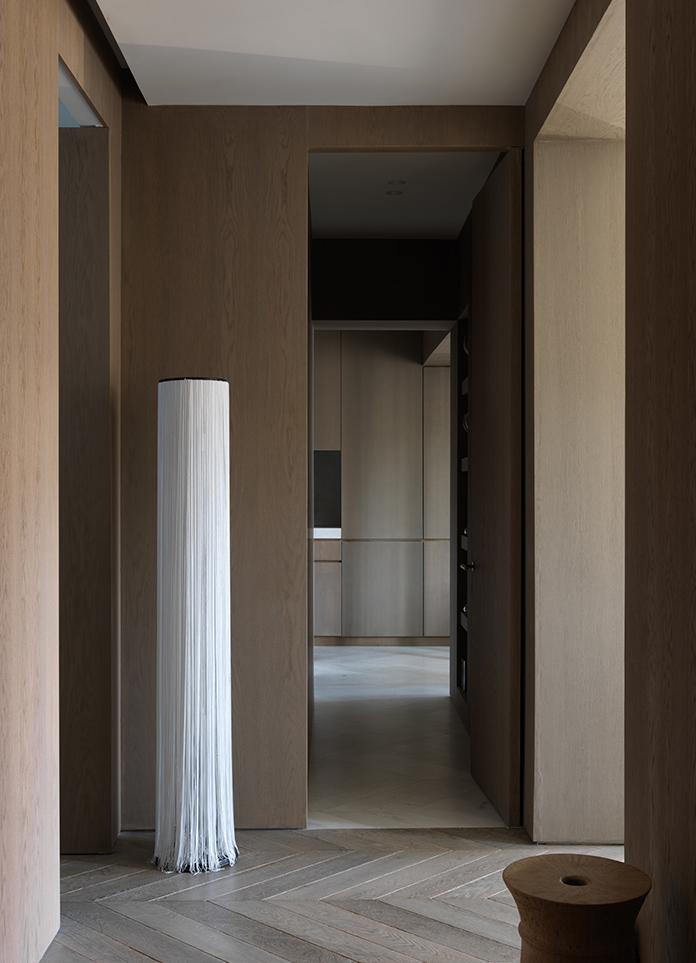
Gradual Art
Light, can heal everything. Only when the pace slows down will there be time to observe the unconscious beauty around you.
Su embroidery is the collective name of embroidery products in Suzhou, which is a traditional folk art of Suzhou City, Jiangsu Province. It originated from Suzhou and is one of the four famous embroideries in China. The Chen Qunying Embroidery Art Museum is located at the core area of the Chinese Embroidery Street of Suzhou.
Ms. Chen Qunying is a representative inheritor of Suzhou embroidery and a national researcher level senior arts and crafts artist. Chen Qunying Art Gallery is a three-story commercial building facing the street, which is a private collection house used by Ms. Chen to display and sell her personal works. This update mainly focuses on the first floor area of the house. Ms. Chen's daughter, Fu Yecheng, is also an excellent artist and craftsman. Ms. Fu believes that embroidery is "life". Ms. Fu put forward the compound demand of exhibition hall + studio.
The external facade of the exhibition hall is affected by city regulations, and the originally designed double-height external facade is not permitted, so the design goal could only be reached in a compromise way in the end. The entrance uses silk as the material, and the screen formed by the combination of winder responds to the theme of Suzhou embroidery, and also creates interesting changes of light and shadow. The original straightforward openings are made softer and more natural of the internal and external transition and existing relationships by our partial areas retreat inward, use of curved corners and large-area transparent glass but single door entry treatment.
The silkworm screen follows the rising and falling of daylight, refracting the subtle light and shadow. The change of light and shadow is the transition between people and physical space, and the soft beauty conveyed by embroidered life.
Space gives and influences human emotions, and the transition from the outside to the inside is not only a turn of size and scale, but also an evolution of emotions. The step treads are set up to create a deliberate slowing down rhythm, up and down, which is a ritual given by the design in a small space. The decorative wall lamp in the form of silkworm cocoon, the soft sense of light, together with the silkworm cocoon shaped open window, plants and light shadows, rocks and grass moss, are all environmental objects laid out for the mood.
No matter how many dimensions there are in design, as a exhibition hall space, the first thing to consider should be the property of exhibability. The original space is a straight L-shaped space without any separation, we added two walls in the design. There are two purposes, one is to make the wall-hung-type display space surface can be multiplied, and the second is to make the original straight lines become richer, and the order and structure of the space before and after the transformation becomes more hierarchical.
Closure and openness is always an opposing topic, full of contradictions. When it comes to solving problems, we will always persist in some form and go into lonely islands. How to set up a space that can meet the "embroidery" life teaching and sharing proposed by Mr. Fu Yecheng, ensure relative privacy, and not affect the overall atmosphere of the exhibition hall. The enclosed space will inevitably result in the mutual independence and exclusion of the two functional areas, and the completely open form can not meet the teaching, tea room reception and other functions.
The overall box shaped form and suspension hanging are adopted to ensure the connectivity of the bottom space, making the overall structure lightweight. The perforated plate is dense but not closed, permeable but shadowed, ensuring visual connectivity and independence. Due to its proper hardness, it can also serve as the backboard for display.
Form follows function, but also depends on space and material itself. There is a blank space at the connection between the box device and the top, which can be used as a hooking fastening point for later exhibition and display, and also can respond to the overhang of the bottom, highlighting the lightness of the overall structure.
The scale of the false beam separated from the light film corresponds to the modulus of the light film at the top of the studio area. The modulus is calculated based on the perforated plate structure. The lines of separation, from the top down along the edge, are linked in series with the grilles on the facade to build the order of the sequence.
The front, middle and back of the medium are the order of space and the sequence of time. It is the well-balanced tension and relaxation of the structure, and also is the organic carrier of atmosphere and aesthetics.
Giorgio de chirico has a symbolic work depicting a back-lighting scene called "Melancholy and Mystery of a Street". More than half of the lower part of the image is shadow, and the remaining part is light coming from the front. Back lighting implies a "the yearning of here for the there", and only brightness can produce back lighting. If the person or object faces the light with its back, it will show a state of back lighting, and the person or object will have a beautiful outline like a silhouette, at this time the familiar norm is hidden, and what is seen is a hazy and ambiguous silhouette. We would like to call it the "secret" beauty.
This "secret" and "haze" are actually tools that can influence people's inward, stimulate their rich imagination, and promote a state worth waiting for. The important thing is not to make the other side understand, instead, it drives them to have a mindset of actively understanding, an interest in exploration, or a desire. This is the basis for a generating a dialogue between people and space. That is, it is not to command the other side accurately, but to let the other side interpret the space by himself. Seeking advancement when retreating, seeking knowledge when hidden, seeking solution when silent, this is the art of gradual progress.
- Interiors: UGD Studio
- Photos: Chun Den
- Words: Niven
